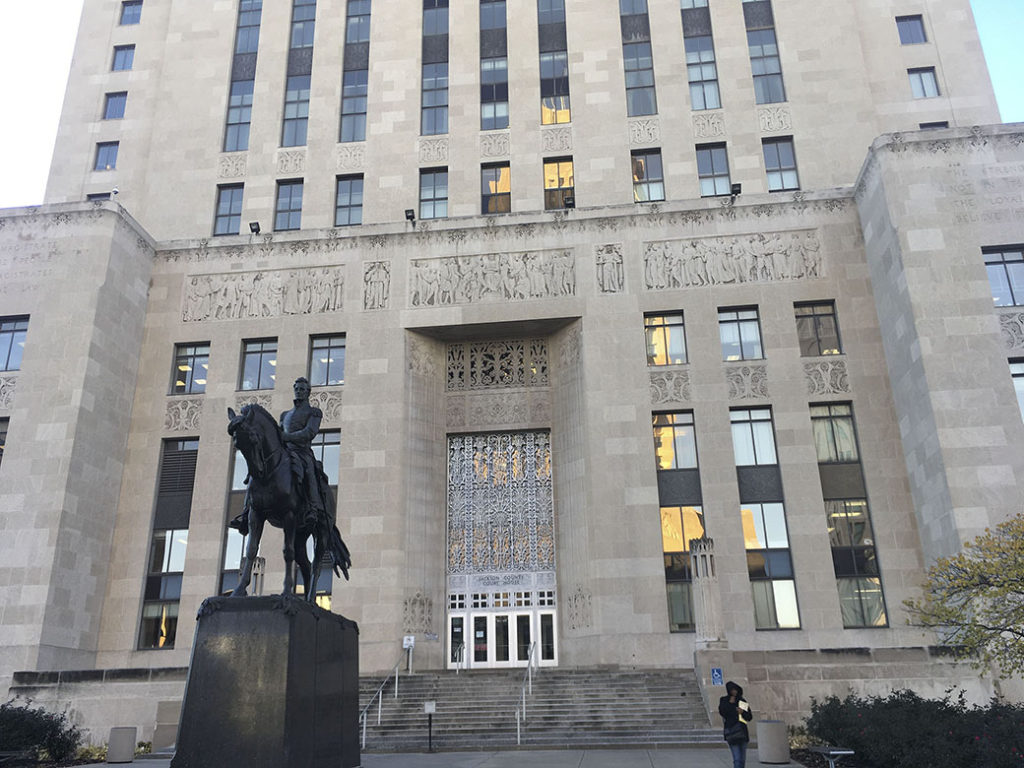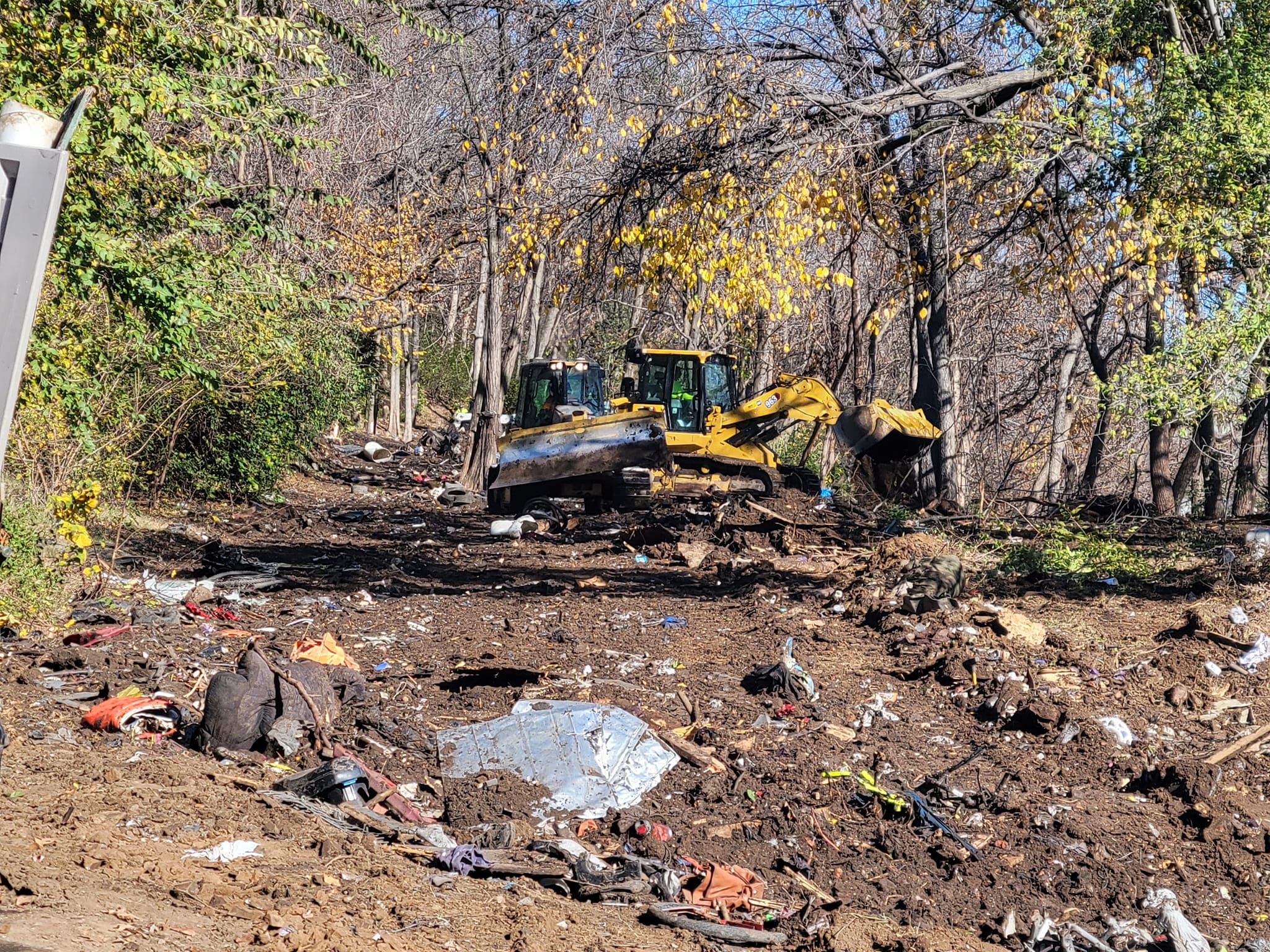
Abby Hoover
Managing Editor
As Jackson County taxpayers continue to show concern over high property tax assessments, relief may be on the way for East Side residents.
At the Thursday, June 29, City Council meeting, the East Kansas City Urban Renewal Plan was approved. Encompassing all of Northeast Kansas City, the district is bounded by Cliff Drive on the north, I-435 on the east, Bannister Road on the south, and Troost Avenue on the west, including all those properties directly adjacent to the west side of Troost Avenue.
The Land Clearance Redevelopment Authority (LCRA) has served as the City’s urban renewal agency since 1951. Authorized by Missouri state statutes, the LCRA encourages redevelopment through the removal of blight and blighting conditions within designated URA and has leveraged millions of dollars of investment in Kansas City, Missouri.
Currently, the LCRA approves Urban Renewal Areas (URA) by neighborhood, which can be a costly and complicated process. While some neighborhoods in Northeast Kansas City such as Lykins, Indian Mound and Scarritt Renaissance, have benefited, others, like Sheffield, have been left out up until now.
“It really became who could afford to pay for it, or who could find funding to pay for it, and that meant that some neighborhoods really should have been Urban Renewal Areas weren’t Urban Renewal Areas,” said Bob Long, Economic Development Corporation of Kansas City (EDC-KC) Senior Development Specialist. “This plan covers them all.”
The Neighborhood Planning and Development Committee reviewed the ordinance last week and recommended approval. The ordinance, which passed the full Council on June 29, went into effect 10 days after the vote.
“This will allow for rather than neighborhood associations having to try to come up with the funds and dollars to develop a renewal plan within their area, if this is designated as a kind of master Urban Renewal Plan area, the costs won’t be as prohibitive for those neighborhood associations,” said Councilman Lee Barnes, Chair of the Neighborhood Planning and Development Committee. “Secondly, this is to create increased development of single family houses within the Third and Fifth district.
Last week, Long explained the plan to the Northeast News. EDC-KC staffs the City’s LCRA office, and has board members including Councilwoman Andrea Bough and Councilwoman-Elect Melissa Patterson Hazley.
This new district will capture 65,000 parcels across Kansas City’s Northeast and East Side, and covers many neighborhoods that are not currently within an Urban Renewal Area.
This new program is designed to reward positive investments in neighborhoods in the third, fourth and fifth and parts of sixth council districts. Homeowners can have their property taxes frozen when they invest at least $5,000 in qualified improvements.
Affordable housing projects with specific rent restriction requirements will be eligible for speedier processing, and projects that receive a letter of support will be eligible for incentives without financial analysis, which gives neighbors a stronger voice in what kinds of developments receive incentives in their communities.
Long said property owners can apply with at least $5,000 worth of work in the past three years, even if the project is still in progress.
For this new, expanded district, they combined past studies and other data from current Urban Renewal Plans, Planned Industrial Expansion Authority (PIEA), Tax Increment Financing (TIF) districts, and codes violations, population shifts, and demographics to compile a non-traditional blight study.
“I’ve owned an old house, you’re never done with the house, right?” Long said. “It’s just one of those facts that comes with owning an older house. So if you people spent money in the last year or two and did things like re-roofing or re-siding or tuckpointed or replaced windows and doors, made porch repairs, or did a bunch of interior work like new heating and air conditioning and new electrical and plumbing, and new bathrooms and kitchen and stuff like that, those are all eligible costs.”
EDC-KC, although not a government agency, is contracted to staff a variety of economic development activities, business retention, expansion, entrepreneurship and minority business development. They staff the TIF Commission office, the Chapter 353 Advisory Board, and the LCRA, which gives them the authority to abate taxes.
“You could start applying for tax abatement in July,” Long said. “I mean, we really want this to hit the ground running.”
Longtime Sheffield Neighborhood Association President Mark Morales said they’ve never had a tax abatement targeted at their neighborhood like this, and everyone welcomes it as a resource.
“Bob Long came to our neighborhood meeting a few months ago and said there was a good chance it was coming, and we were excited to learn about it passing,” Morales said.
When Long explained to neighbors in attendance what the program could mean for them, more than half the room was excited and open-minded, but others were skeptical.
He has heard concerns about property tax assessments, with neighbors telling him they’re afraid to open the letter. Residents have said they knew an increase was coming, but not this significant, leaving them feeling unprepared.
Now, Morales said it will be up to the neighborhood association to connect with residents, especially those who don’t come to the meetings and those who speak Spanish. He said they may do outreach to the churches in the neighborhood, too.
“I do applaud EDC for taking the leadership on this and making this happen,” Third District Councilwoman Melissa Robinson said. “This has been a point of concern for the Third District for a long time now.”
For more information on potential tax abatements for East Side residents, including Northeast, visit edckc.com.
Guidelines: http://s3.amazonaws.com/LCRA-Forms/Rehabilitation%20Guidelines%20%28195655%29.PDF

















